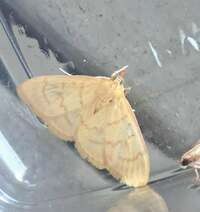
| Recorded by: Allison Garton on 2025-08-29
Moore Co.
Comment: | 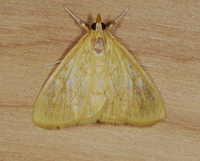
| Recorded by: Jim Petranka and Becky Elkin on 2025-07-29
Madison Co.
Comment: |
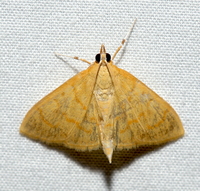
| Recorded by: David George, Jeff Niznik, Patrick Coin, Steve Hall, Carol Tingley, Tom Howard on 2024-07-27
Chatham Co.
Comment: | 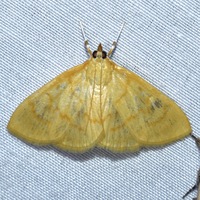
| Recorded by: David George, Stephen Dunn, Jeff Niznik, Rich Teper, Becky Watkins on 2023-07-30
Swain Co.
Comment: |
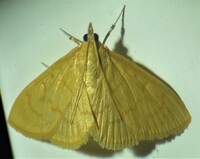
| Recorded by: Dean Furbish on 2022-06-13
Wake Co.
Comment: | 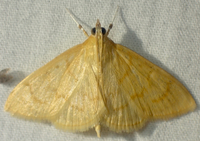
| Recorded by: tom ward on 2022-05-21
Buncombe Co.
Comment: |
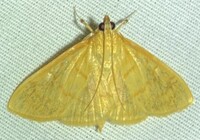
| Recorded by: Dean Furbish on 2021-08-01
Wake Co.
Comment: | 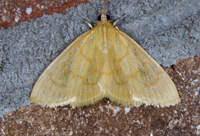
| Recorded by: jim Petranka and Becky Elkin on 2020-09-10
Madison Co.
Comment: |

| Recorded by: Jim Petranka and Becky Elkin on 2020-07-29
Madison Co.
Comment: | 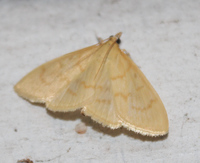
| Recorded by: Vin Stanton on 2020-06-09
Buncombe Co.
Comment: |
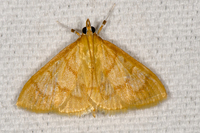
| Recorded by: David L. Heavner on 2019-08-22
Buncombe Co.
Comment: | 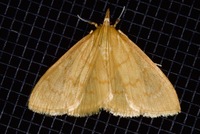
| Recorded by: Jim Petranka and Becky Elkin on 2019-07-05
Madison Co.
Comment: |
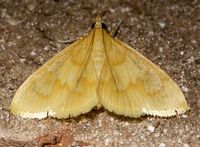
| Recorded by: Jim Petranka and Becky Elkin on 2018-09-03
Madison Co.
Comment: | 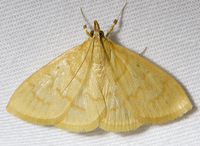
| Recorded by: Jim Petranka and Becky Elkin on 2018-09-02
Madison Co.
Comment: |
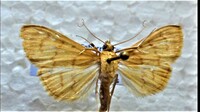
| Recorded by: Darryl Willis on 2017-09-30
Cabarrus Co.
Comment: | 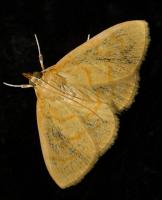
| Recorded by: Stephen Hall on 2016-09-05
Orange Co.
Comment: |
|

 »
»



 »
»

